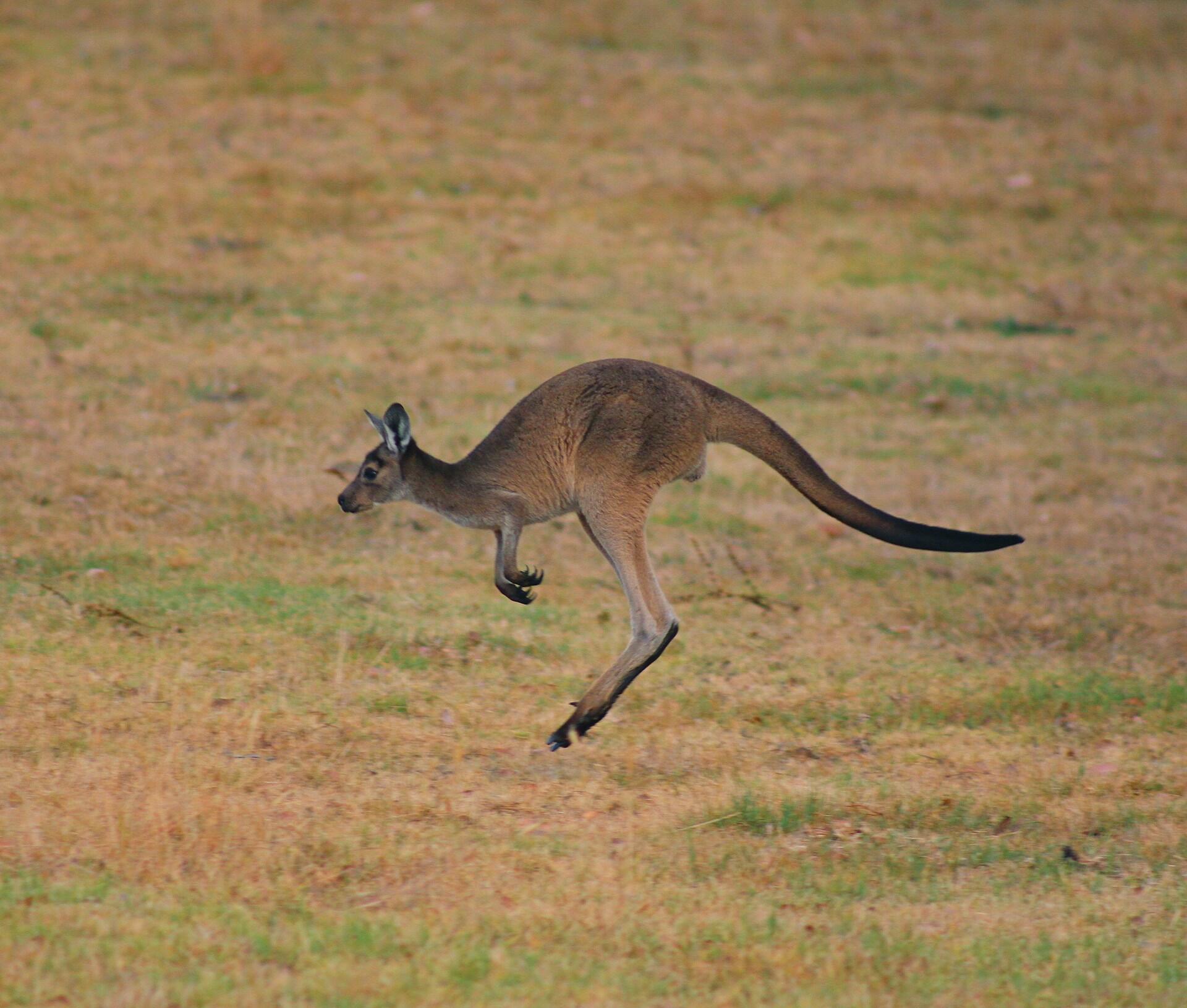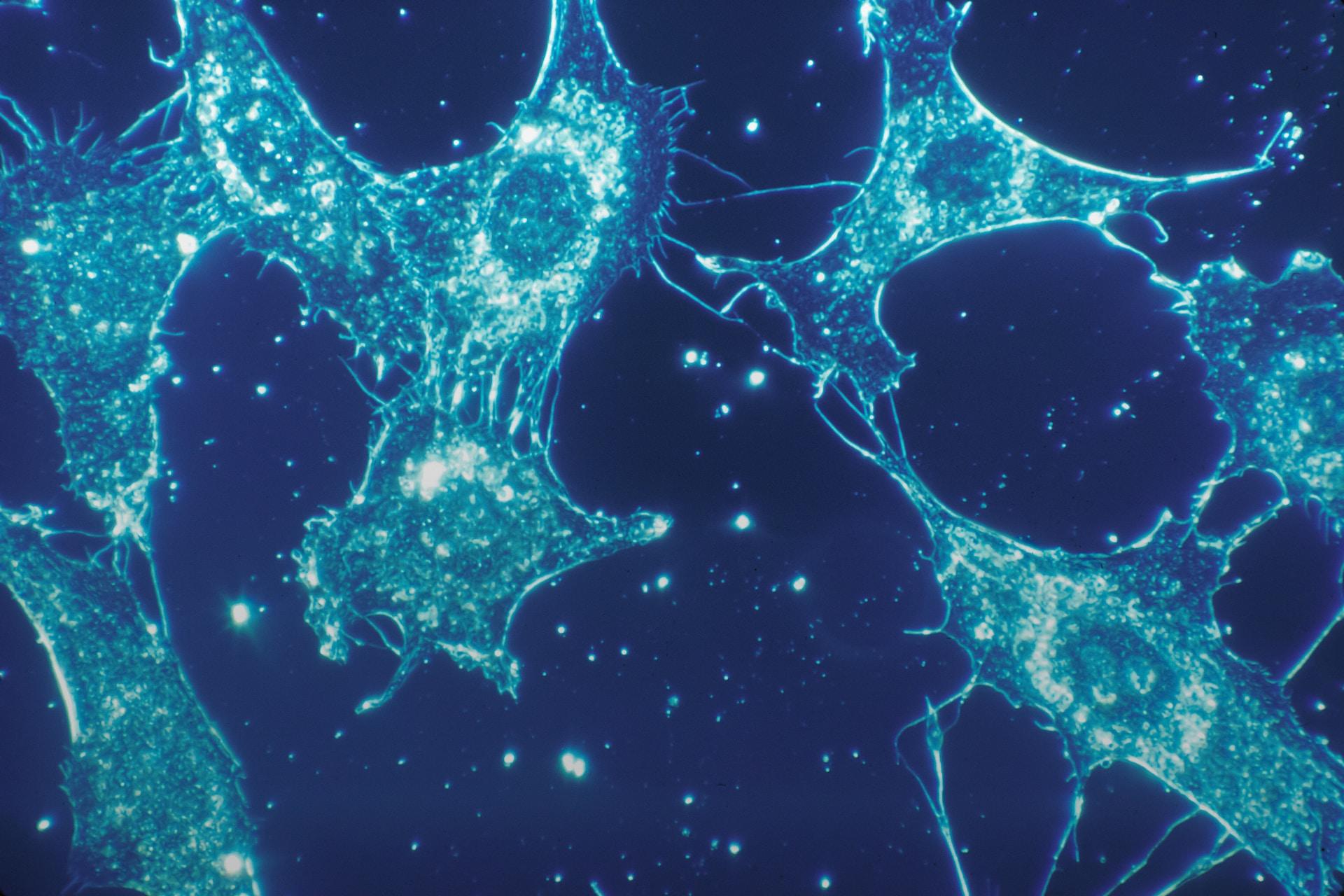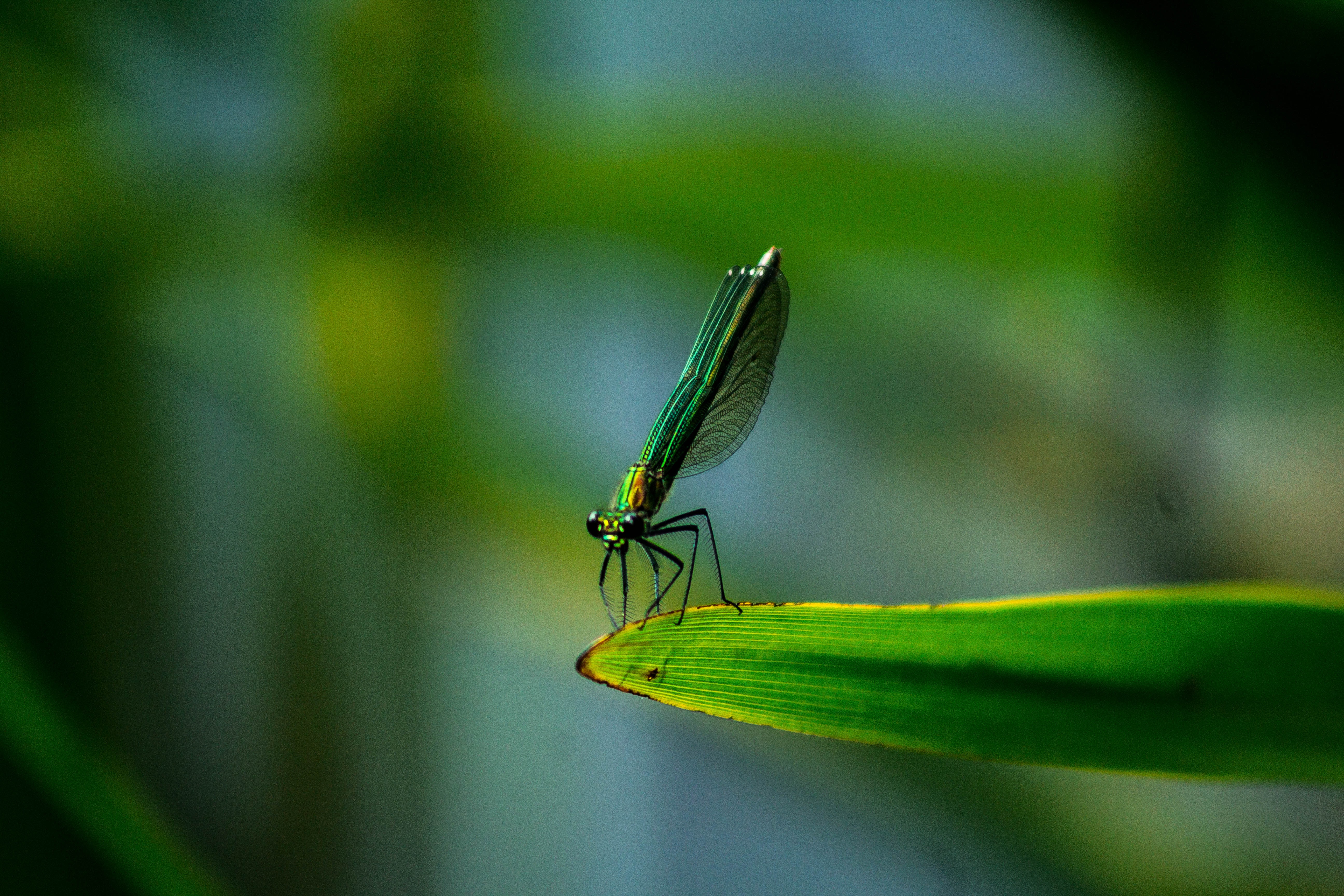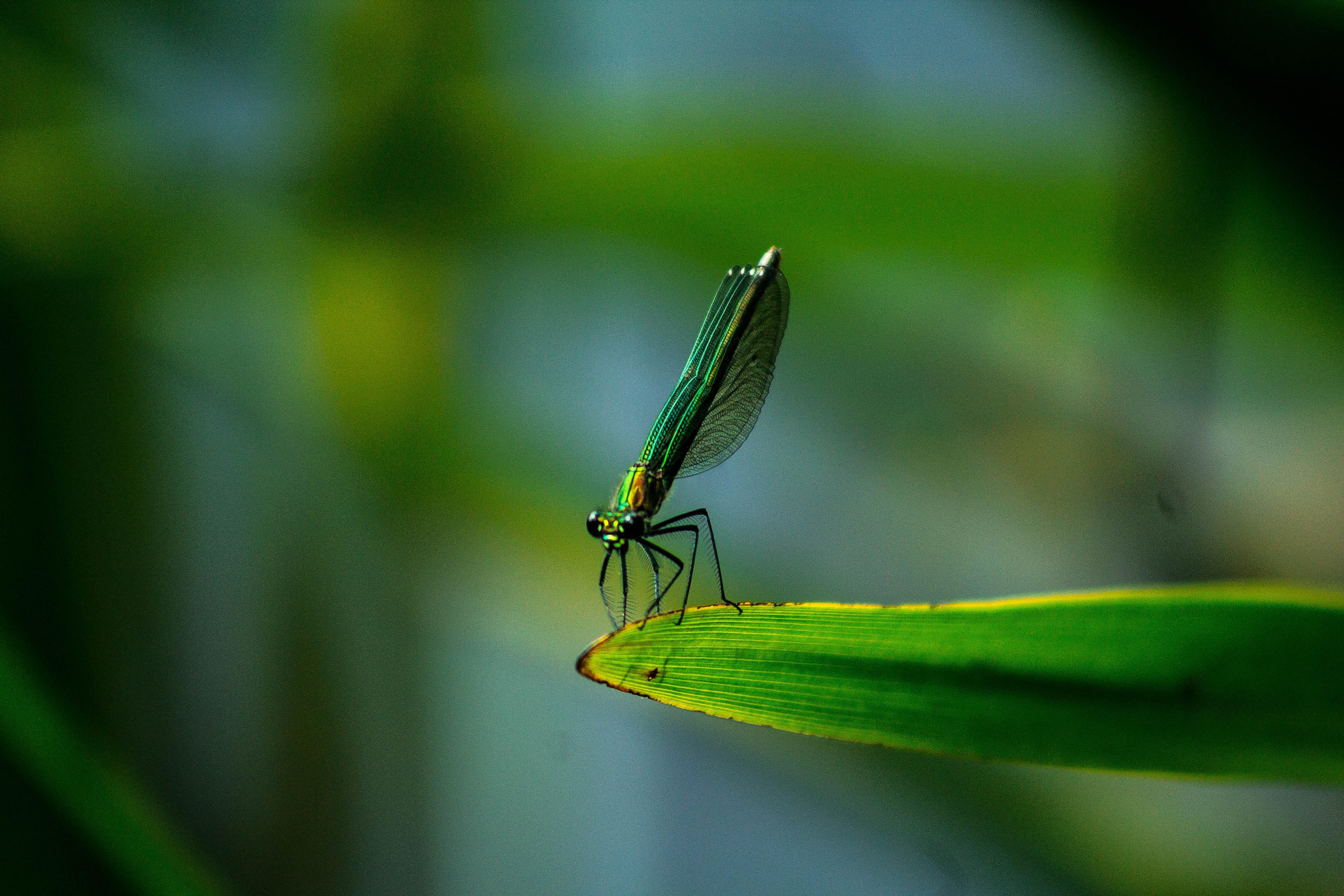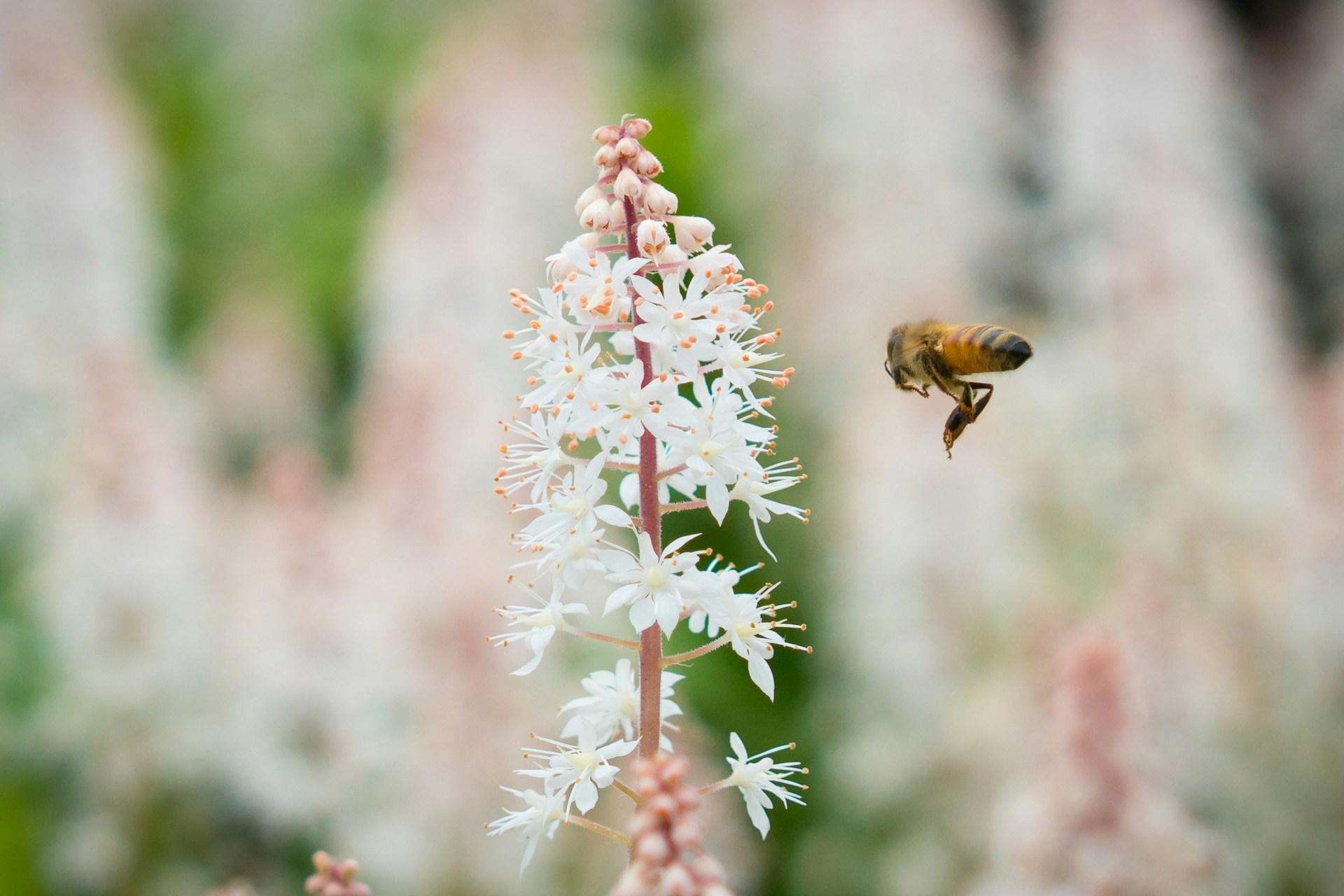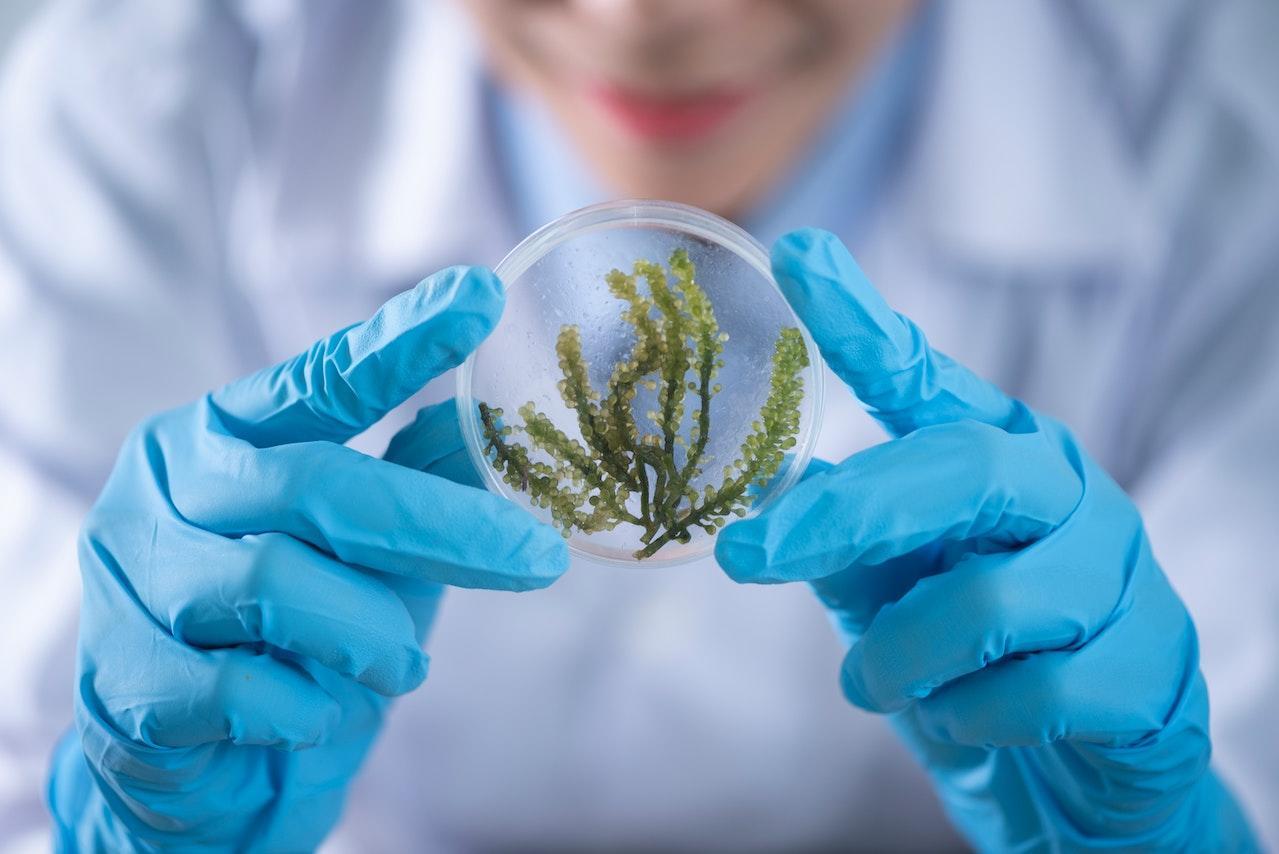Isolated as our country is, we have the privilege of unique wildlife groupings. Sure, other countries have dogs, but only we have dingos. Fewer countries around the world have marsupials, but our land is rich with them. These ten Australian animals are among our most remarkable.
| 😻 Animal | 📛 Biological name | 📍 Where? | 🔍 Characteristics |
|---|---|---|---|
| Red kangaroo | Osphranter rufus | Across Australia, except coastal areas. | Large Red coat Short arms that end in claws |
| Echidna | Tachyglossus | Across Australia | Spiny coat Long, slim snout Short arms ending in powerful claws |
| Wombat | Vombatus | Central, south, and eastern parts of Australia, and small parts of Western Australia | Medium size Short, stubby tails Can be aggressive |
| Koala | Phascolarctos cinereus | Along Australia's east coast, and an inland colony | Rounded ears Rectangular nose Gentle temperament |
| Dingo | Canis lupus dingo | Heavy presence throughout central Australia Less population west of the Gibson Desert (WA) and the east coast. Unaccounted in the southeast. | Lean body Large head Often alone |
| Emu | Dromaius novaehollandiae | In Australia's eastern and western regions, with some presence in the middle. | The tallest native bird Fast, robust runner Omnivorous |
| Kookaburra | Alcedo gigantea | Arid savannah regions hot, humid forests | Carnivorous Fairly large Highly territorial |
| Frill-neck lizard | Chlamydosaurus kingii | Around the northern coasts, and halfway down Queensland's | Fearsome displays, but generally harmless Prefer to stay above the ground More active during rainy seasons. |
| Australian funnel-web spider | Hexathelidae | Across Australia Along Australia's eastern coast, and inland | Large Venomous May be medically beneficial |
| Jellyfish | Chironex fleckeri | Around Australia's northern coasts | Extremely toxic small size Potential medical benefits |

Red Kangaroo
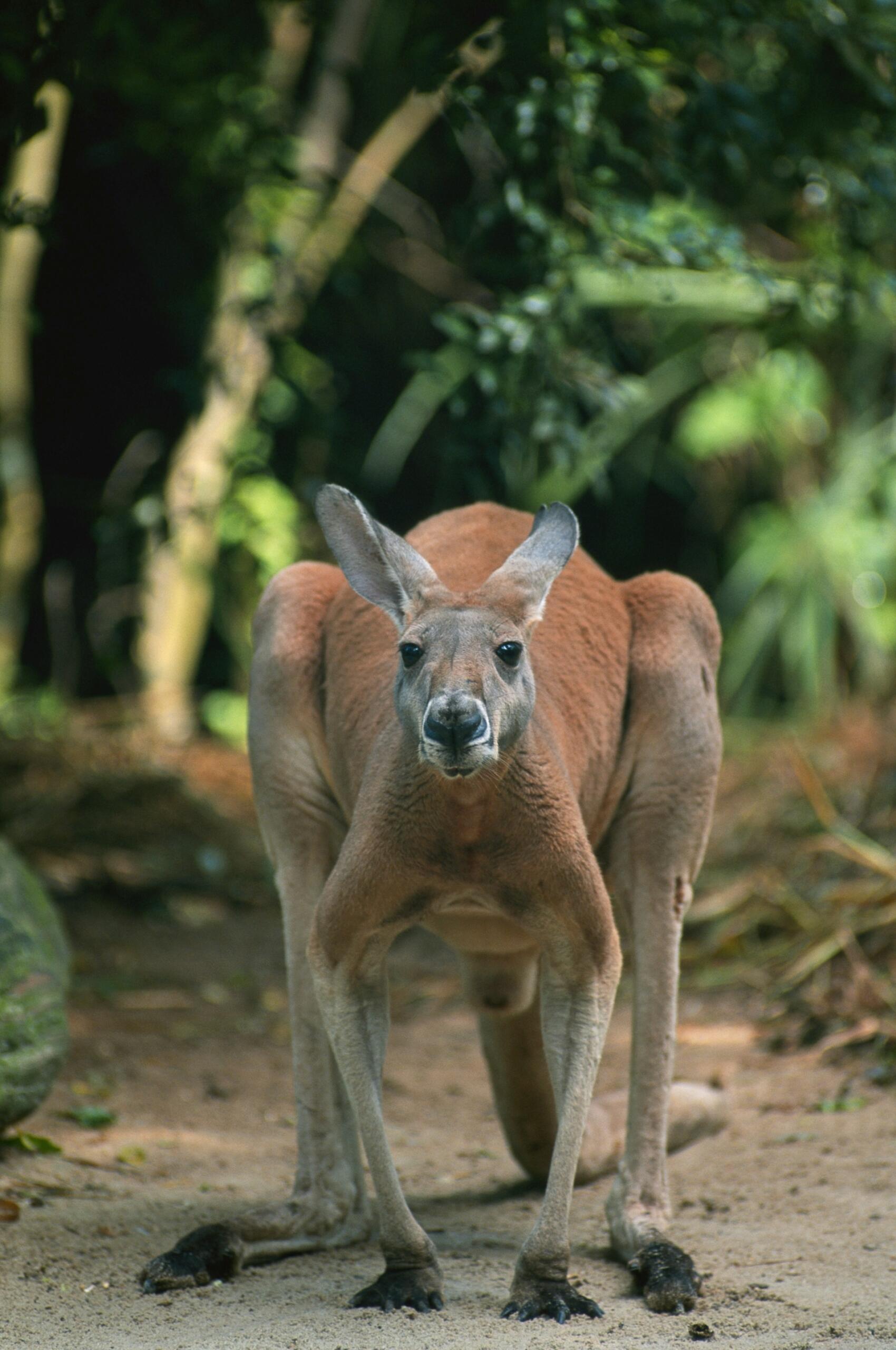
This marsupial is one of Australia's emblem animals. It features on Australia's coat of arms. It is the largest of native Australian animals (in the mammal class), and the largest of all marsupials.
Its habitat stretches from Western Australia into the eastern states, and from the northern edge of the Northern Territory to the shores of South Australia.
We must distinguish between the red and eastern grey kangaroos. Though from the same species, they are different animals:
Red kangaroo
- appearance: reddish fur with white streaks
- average male size up to 90 kg; up to 2m tall
- habitat: all over Australia, but not the far east
- behaviour: large groups, with an alpha male
Eastern grey
- appearance: soft grey/brown fur kangaroo
- average male size around 60 kg; less than 2m
- habitat: eastern Australia, Tasmania
- behaviour: smaller family groups
As noted above, grey roos populate the Tasmanian animal areas. This breakaway state has no red kangaroos. However, it does have a unique emblem animal.
Tasmanian devils - tazzies, are unique to that state.
The yellow wattlebird is Tasmania's unofficial emblem animal.
The red kangaroo is universally recognised. It's outline marks several high-profile brands as Australian: Qantas Airlines, for example. So popular is this animal symbol that even non-Australian companies like Deliveroo have adopted it.
Echidna
These prickly creatures scamper all over the country, and even beyond. By all accounts, they are among the most beloved wild animals in Australia. They have a shy disposition, and are rather helpless, save for their keratin spines.
Despite those defensive quills, echidnas have many predators: foxes, feral cats, lizards and domestic dogs. When threatened, they roll themselves into a tight ball.
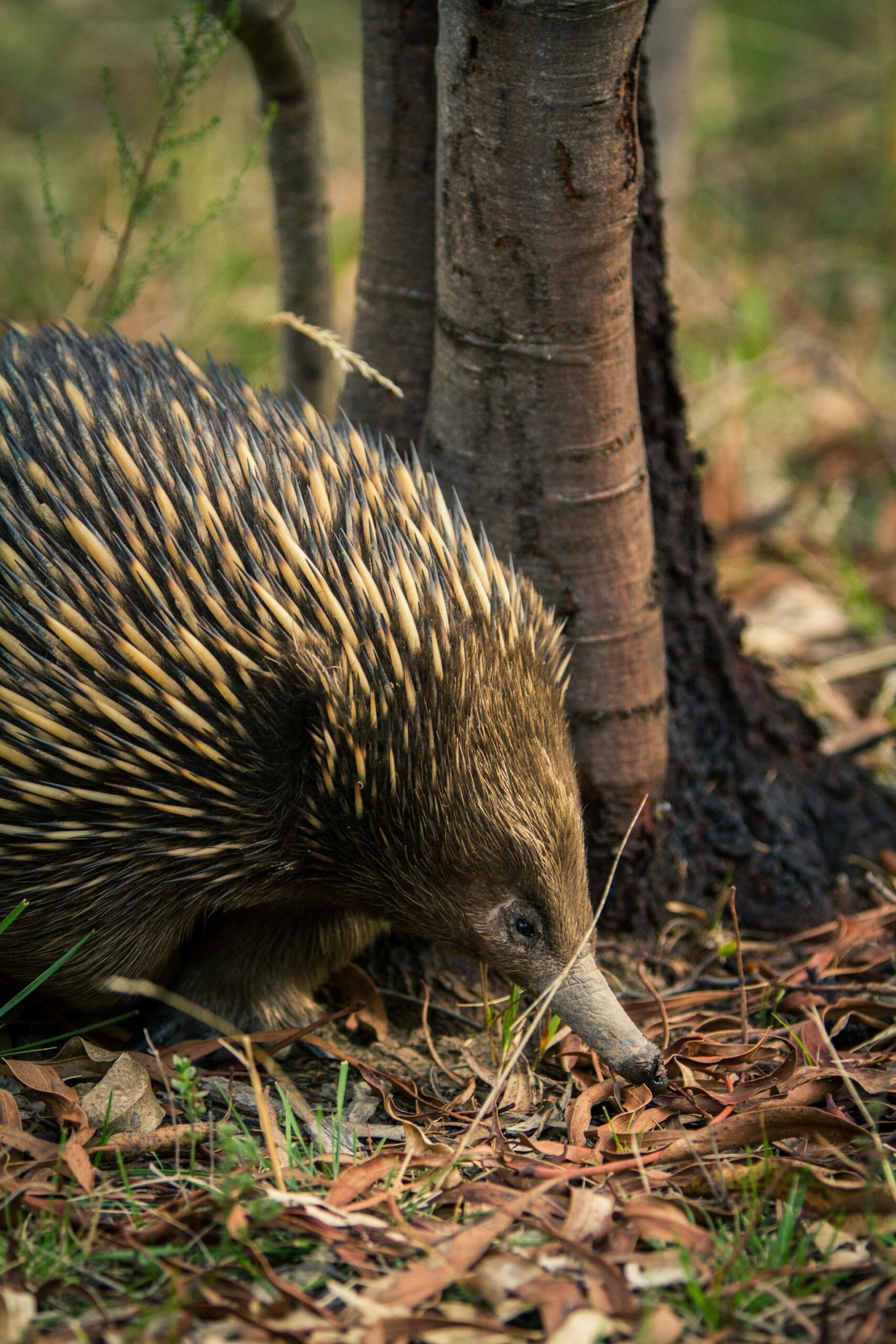
To avoid danger, they stick to the underbrush, where they find ants and termites, which make up most of their food.
The platypus is a genetic relative of the echidna.
The New South Wales claims the platypus as one of its emblem animals.
The four remaining echidna species lay eggs, rather than birthing their young. In this respect, they are like the platypus, which is New South Wales' animal (mammal) emblem, as noted above. These animals are the only egg-laying mammals on the planet.
Wombat
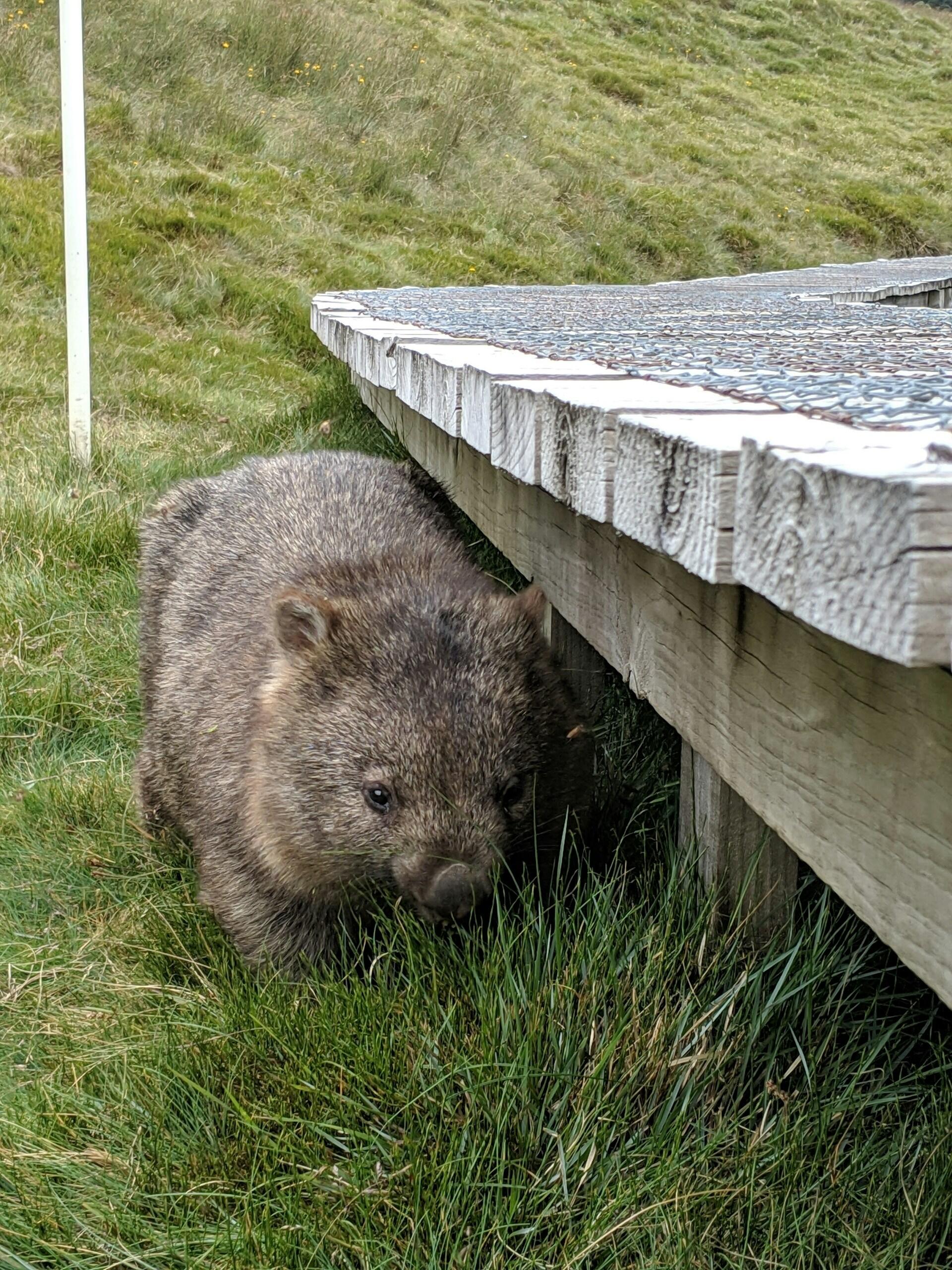
Aussies might dislike the wombat as much as it likes echidnas. But, it seems rather a playful type of aggravation, which these animals admittedly deserve. Wombats have been known to bite and claw humans, especially when startled. They're not above charging at us if they sense danger, either.
Wombats' burrowing behaviour causes the most disruption. These keen diggers make their way under fences, to attack animals and crops alike.
For many farmers, these Australian animals are more of a nuisance than a treasure. It matters not which type of wombat, either:
The northern hairy-nosed wombat
critically endangered
The common wombat
boasts 3 sub-species
The southern hairy-nosed wombat
the smallest wombat
The southern hairy-nosed wombat became South Australia's animal emblem in 1970. Otherwise, these marsupials (used to) live all over Australia.
The small wombat is South Australia's emblem animal (mammal). It remains protected across the state.
Sharp population drops began after Europeans' arrival and, today, habitat encroachment further lessens wombat populations. Fortunately, conservation efforts are underway for the endangered wombat species.
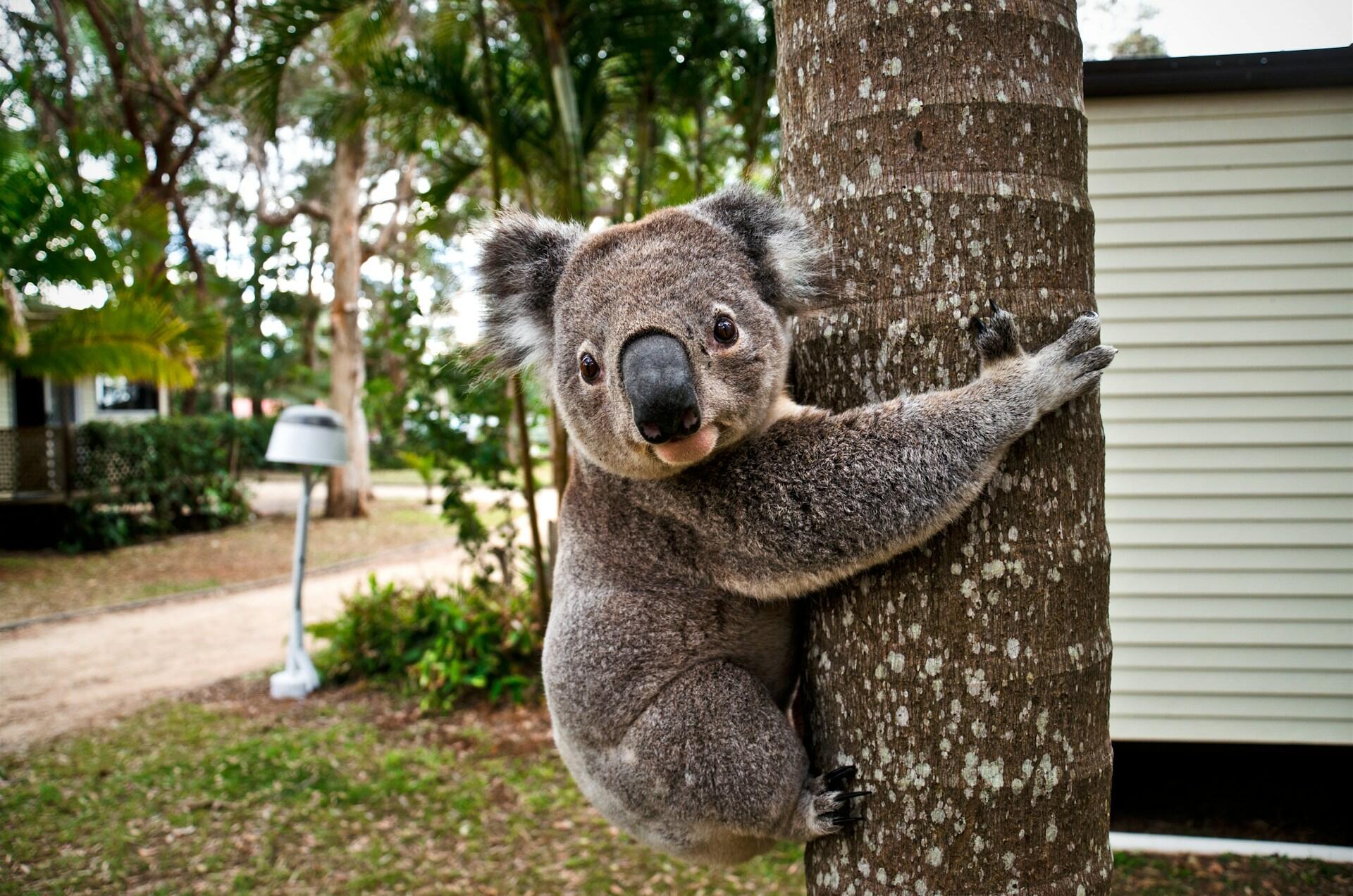
Koala
Did we say echidnas were most beloved? We meant koalas. These slow-moving marsupials are fan favourites the world over, perhaps more so than red roos.
These round-eared marsupials, with their curious, rectangular nose, rank among the largest marsupials to live in trees. Its relatively small brain means it can't perform complex functions. Scientists believe that its limited diet of eucalyptus leaves does not give it enough nutrition to develop further.
Conservationists class the current koala population as vulnerable. Who could forget the image of these
animals, found only in Australia, scorched and choking? Volunteers worked overtime to rescue them from brushfires a few years back. This type of environmental hazard, along with habitat degradation, signals trouble for koalas.

Dingo
These dogs are native Australian animals that carry strong meaning in Aboriginal communities. They are lean animals, with a slick body adapted for speed and endurance.
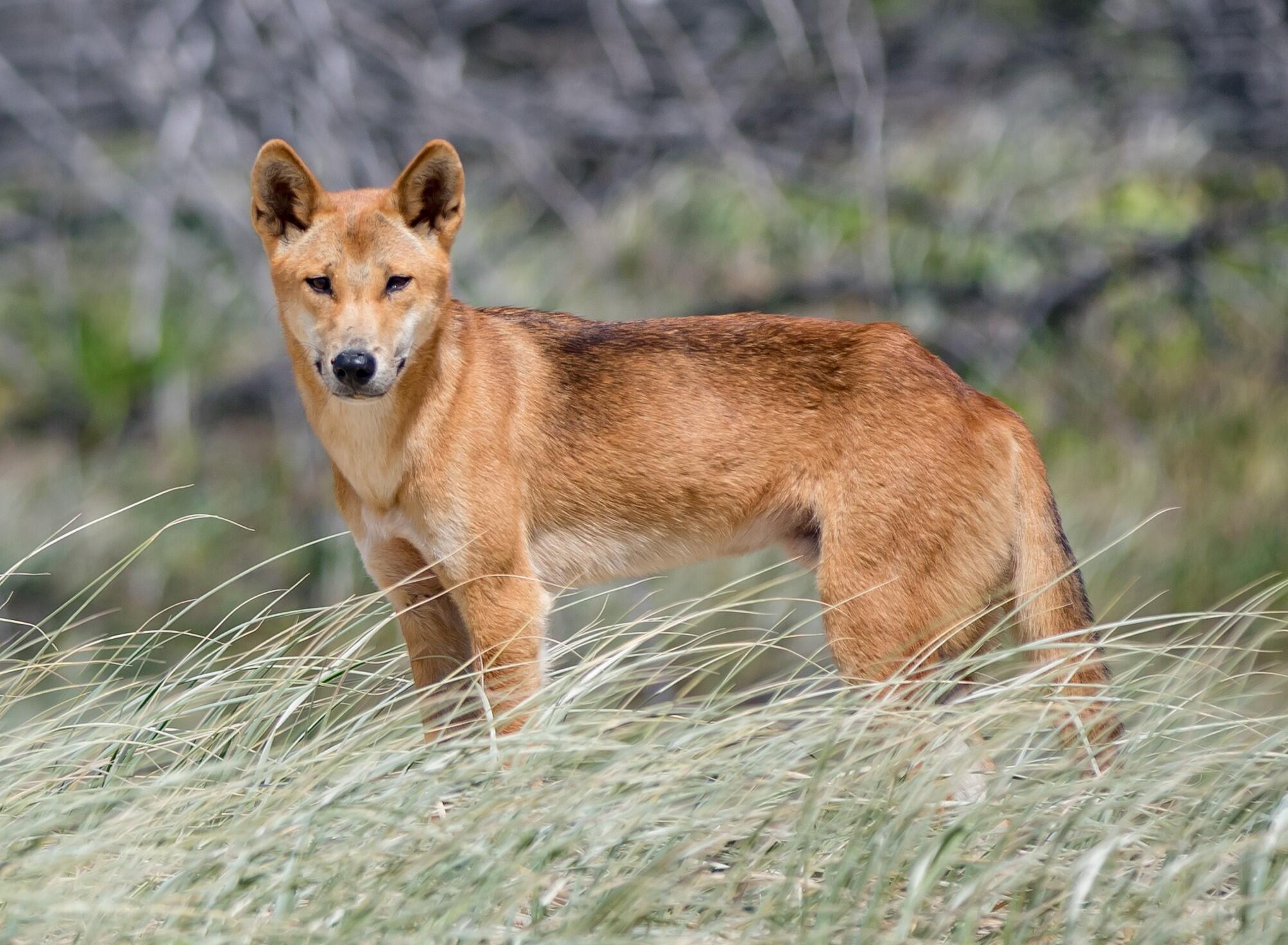
Their wedge-shaped heads seem too large for their bodies, and they're more comfortable roaming during dawn and dusk hours.
Dingos have the most varied diet of all Australian animals.
They feast on everything, including vegetation.
They typically drink between 1/2 - 1 litre per day.
Dingos act a lot like their wolves and coyotes do, elsewhere in the world. Those behaviours led early European settlers to believe that they were in the same family, which is not the case.
Young males are loners and nomadic, until they can build a pack. Breeding pairs keep to themselves; their packs consist of their last-litter offspring.
Emu
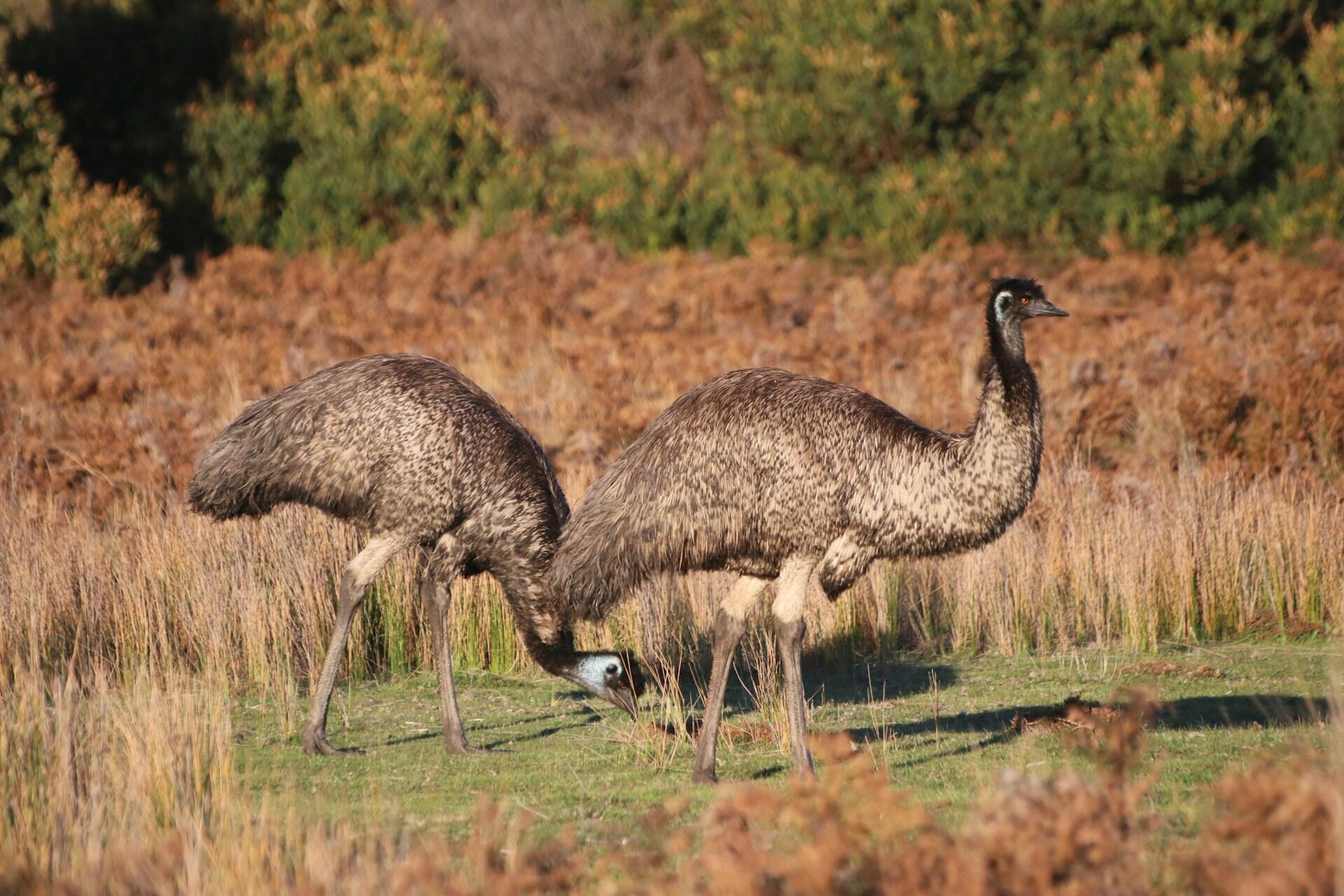
Emus are massive, flightless birds that could put a marathon runner to shame. Their size, endurance and speed (48km/hr!) puts them out of reach of predators.
They are cunning animals that have outlasted their historical predators, including the fabled thylacine.
The Australian coat of arms features a red kangaroo on one side, facing an emu.
This flightless bird is also an Australian cultural icon. It belongs in several Aboriginal myths and, at one time, featured on a postage stamp. Emmanuel, a popular social media emu, lives on a Florida farm. And who could forget about the Great Emu Wars?
Kookaburra
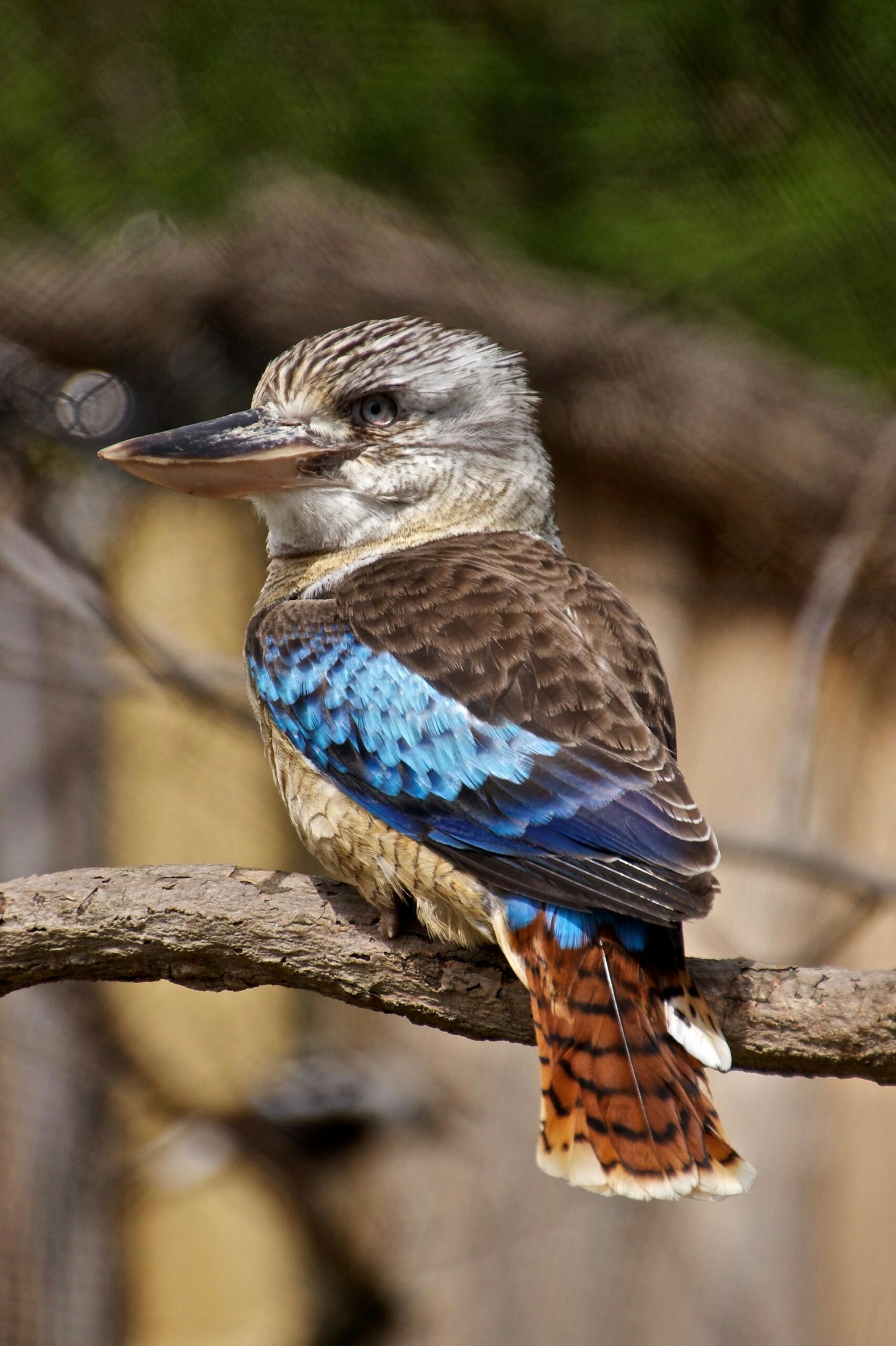
Australia is home to five kookaburra species, but we know the laughing kookaburra the best. This large-ish bird borrows its name from Wiradjuri language. In that tongue, the word sounds like the bird's call: guuguubarra.
Kookaburra are carnivores. They'll snack on insects, but their meals come from snakes, small mammals, and frogs.
They belong to the Kingfisher bird family but, unlike their relatives, they do not prefer watery environments.
Despite many kookaburras making their homes in Victoria, the helmeted honeyeater is the state's official bird. The Leadbeater's possum is the state's official mammal.
Despite abundant populations across the eastern states and across, to South Australia, the popular kookaburra isn't among any state's emblem animal. For instance, state animals in Victoria include the and the honeyeater species mentioned above.
Frill-neck lizard
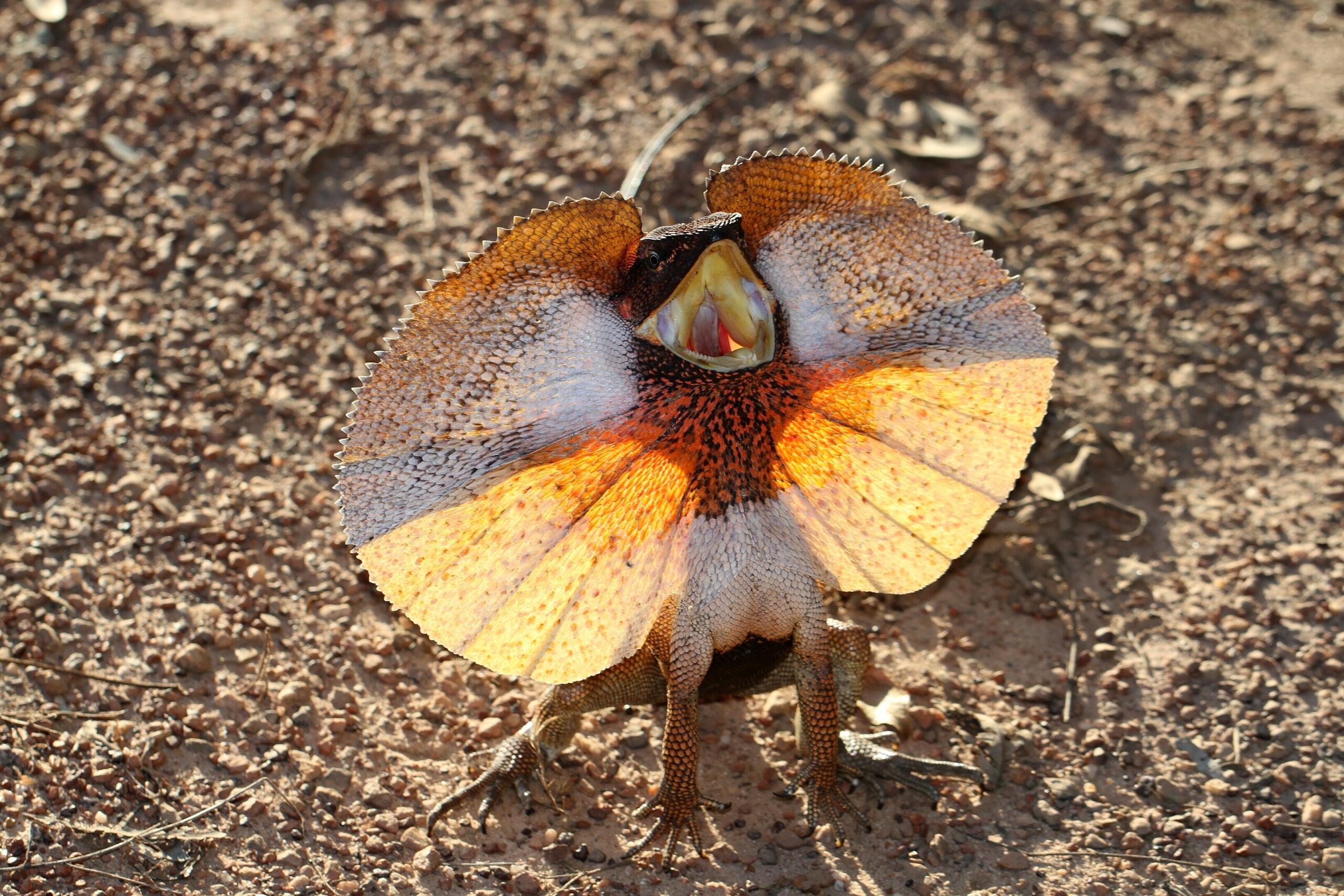
So remarkable is this king of cool Australian animals that Stephen Spielberg modelled its dinosaurs' frills on it, for Jurassic Park. Too bad those dinosaurs' frills signalled attack, rather than mating behaviour.
That's what the frill-neck lizard mostly uses their displays for. Of course, should such a lizard encounter a threat, it will do what all animals do: make itself look bigger.
But, it usually stays high up in the trees, only coming down to feed and socialise (and mate). When it feeds, it prefers eating ants, termites, centipedes, and moth larvae.
Among these unique Australian animals' features is their ability to run on their hind legs. They can accelerate up to 15km/h, with their frill flapping behind them, and their tails swishing back and forth. Truly a sight to behold!
Spiders
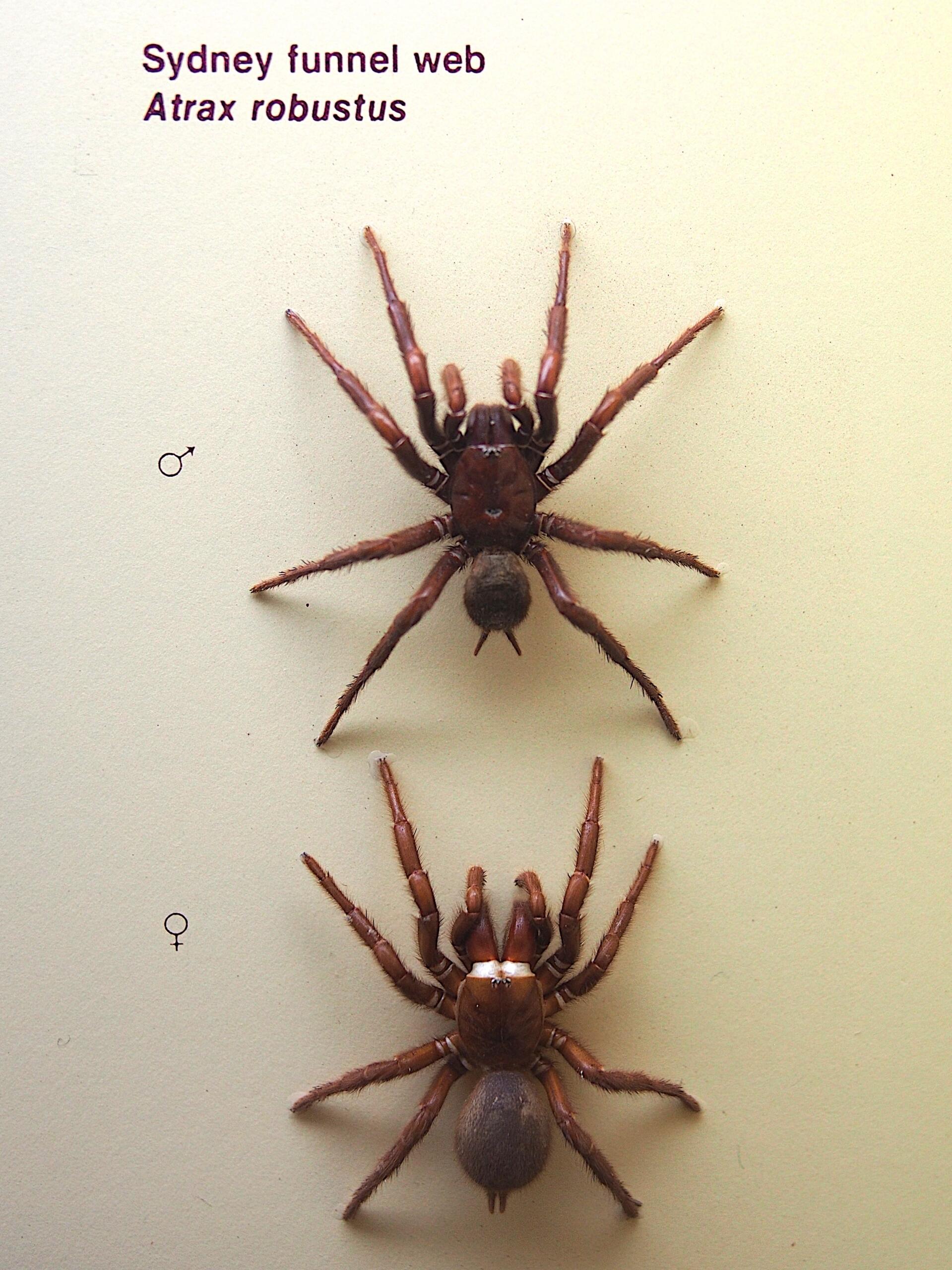
Australia's venomous spiders are legendary, both for their size, and their ability to kill - or, at least, inflict pain. Among them, the Sydney funnel-web spider (pictured) reigns supreme. It belongs to the larger family of Australian funnel-web spiders, which are also oversized killers.
They are considered the most medically relevant spiders in the world, thanks to their venom's toxicity. Males are typically the most aggressive, with the majority of bites to humans coming from them.
On the other hand, researchers recently discovered that the venom from these spiders could protect the heart after a cardiac event. But who wants to run that field test?
In 2017, CSIRO Publishing issued A Field Guide to Spiders in Australia.
It helped raise awareness of the country's dangerous spiders, and the ones we don't need to fear.
Other Australian spiders worth mentioning are the redback spider, which is also highly venomous. It's much smaller than the funnel-back beasts, making chance encounters more likely.
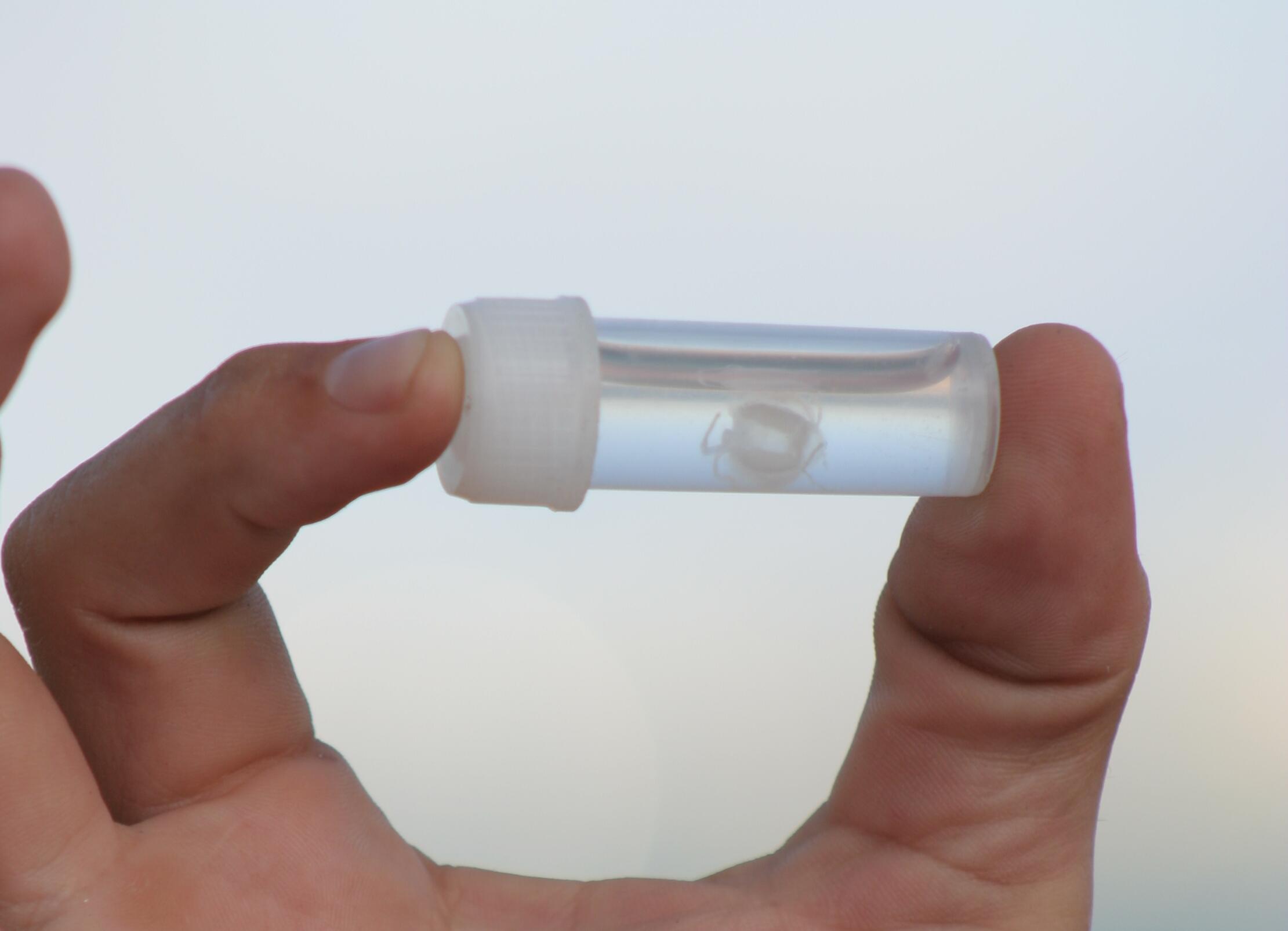
Jellyfish
As we close this article, we notice that all the animals found only in Australia that we detailed so far live on land. What about our marine animals?
Among the animals this state favours, the whale shark is its marine representative.
Other WA emblem animals are the numbat, and the black swan.
Western Australia's official animal (mammal) is the numbat, a small, termite-eating marsupial. It wouldn't stand a chance against any of our jellyfish, particularly the most toxic varieties. Our coastal waters are home to two of the world's most toxic jellyfish:
the irukandji
- very small
- extremely venomous
- delayed symptoms
- causes Irukandji Syndrome
the box jellyfish
- relatively large
- potent venom
- immediate pain/distress
- attacks the nervous system
Of course, our coastal waters are home to harmless jellies, too. The Australian spotted jellyfish boast large bells, and their venom is too mild to cause any harm.
Still, the social media meme applies: Australia is full of things that want to kill you. While being mindful of that, we can still appreciate all the unique Australian animals that roam our land and seas.

